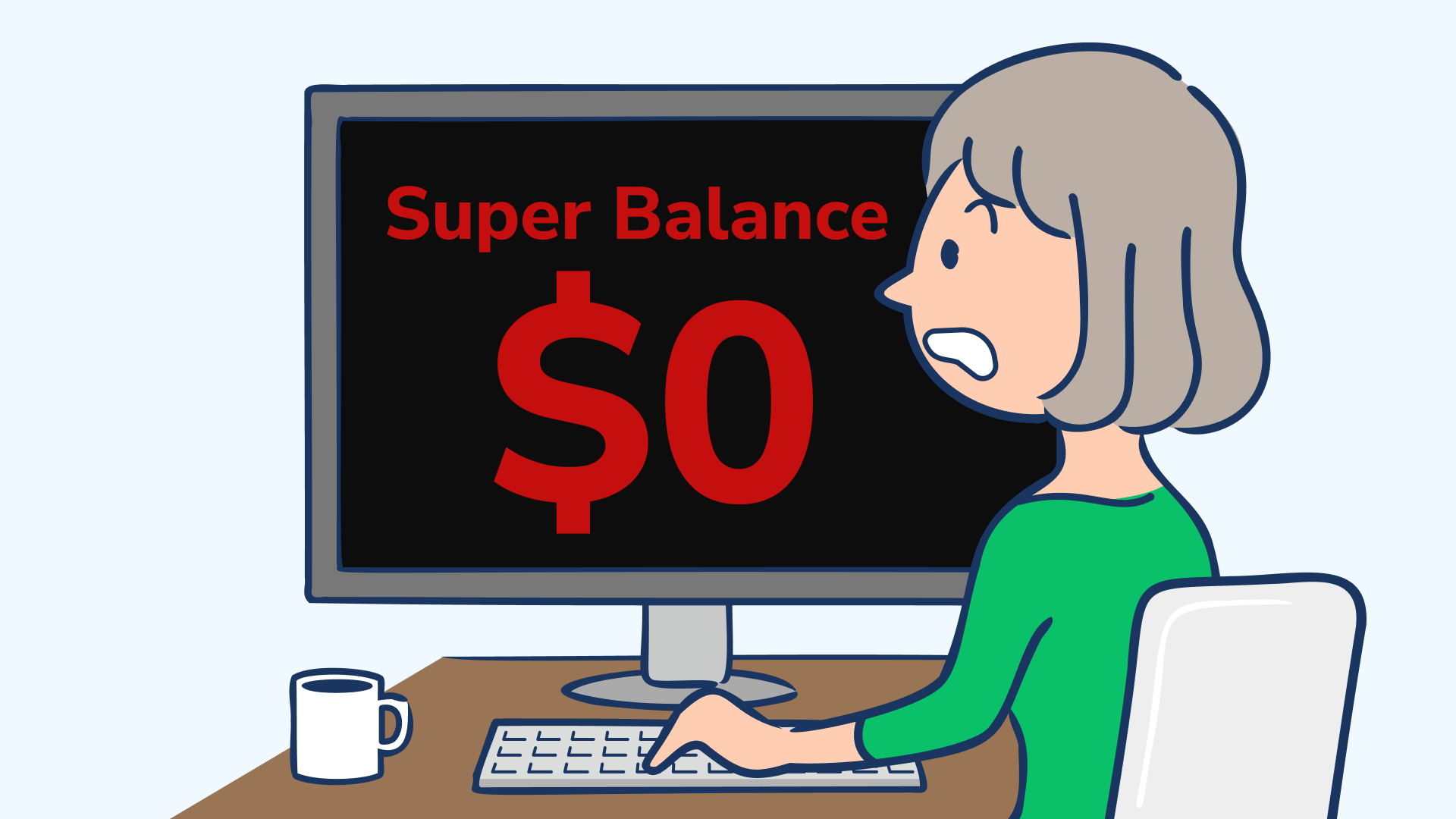Time to read : 3 Minutes
Australians need to be super vigilant about keeping their hard earned savings from getting into the hands of scammers.
In the past six months, Aware Super has seen a 208% jump in the number of its members who've been targeted by a scam.
We’re talking identity theft, phishing campaigns, and unauthorised access to super accounts.
If Aware Super’s numbers are the same across all super funds in Australia, it means hundreds of thousands of us would have been targeted by scammers.
Super scams are just part of an increasingly sophisticated set of financial fraudsters. Last year the ACCC estimated we lost $2.7bn to scammers.
Scammers and cyber criminals are becoming more brazen in the tactics they use to try and steal money. If you were to look at it from an opportunist's perspective, stealing from super is a highly lucrative form of theft.
There are hundreds of thousands of dollars sitting in super funds – savings accumulated over many years – that could be swiftly stolen.
Be aware: older Australians are the most at risk. It may be worth having a chat with older family members and sharing this article. It’s a pep talk that could potentially keep their savings – and your inheritance – secure.
Let’s take a look at how to identify a super scam and ways to protect yourself.
What tactics do scammers use to try and get access to your superannuation?
Super scammers are likely to target you via email (phishing), phone or online through advertising on websites and social media.
What are phishing super scams?
When a scammer sends a phishing email, they will pretend to be from your super fund.
Phishing emails often have:
spelling mistakes
unusual naming conventions in the links – which can be seen by hovering over them with your mouse (don’t click links)
incorrect branding / logos which don’t look quite right
a tone that signals a sense of urgency – they encourage you to take immediate action.
Phishing emails are likely to ask for personal or your super account information and often contain a dodgy link.
If you fall prey, there’s a high chance the scammer will be able to access your super. They can also create a super account or a fake SMSF in your name, transfer your money and then withdraw it.
Scams that advise you to open an SMSF
With this tactic, scammers will attempt to gain your trust and usually don’t appear to be pushy. Their aim is to build rapport and in this process trick you into thinking they can help you better manage your super with an SMSF.
They may promise to:
Take care of every step in the process without the need to involve anyone else.
Grow your super in high return investments (which are fake).
Offer to invest your super in foreign currency bonds or crypto.
Once they talk you into transferring your super into an SMSF or an account they control, they can withdraw the funds.
What are scams that promise you early access to your super?
For anyone experiencing financial difficulties, the promise of gaining early access to super could be enticing. Scammers will often take advantage of people who may not meet the condition of early release.
Some of the tactics they may use include:
Helping to fill out documents which involves you giving them personal information / identity documents.
Suggesting you transfer or rollover super into an SMSF so you can withdraw your super (while charging high fees or commissions).
Assuring you that you’ll be able to access funds once the paperwork is submitted.
Be aware: There are consequences if you illegally access your super early. On top of potentially losing your retirement nest egg to the scammer, you may be required to pay additional tax, interest and penalties.
Ways to secure yourself from super scams
Contact your fund: if approached by someone who claims to be from your super fund, phone the company to check if they’re a licensed financial advisor. Either refer to the contact number on a statement or look on the website. Do not click on any links within an email that may potentially take you to a fake site with false information.
Check your super details: by regularly checking your balance and account details, it gives you the opportunity to flag any issues quickly. Look for any transfer requests or changes to personal details that you haven’t authorised.
Increase security: use strong passwords that combine lowercase and uppercase letters, numbers and special characters. Create a unique password – don’t be tempted to use the same password for all your different logins. For an extra layer of security, consider using multi-factor authentication.
Bottom line
Always be vigilant about your life savings. If you’re being asked to share any personal information, that should be your first red flag.
If you think you’ve been a target, always contact your super fund to let them know, report it to Scamwatch, and contact the ATO.
